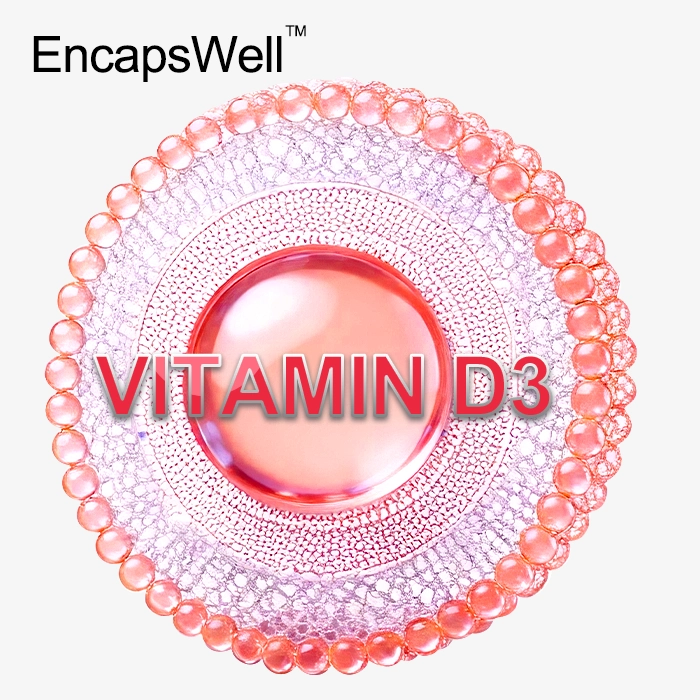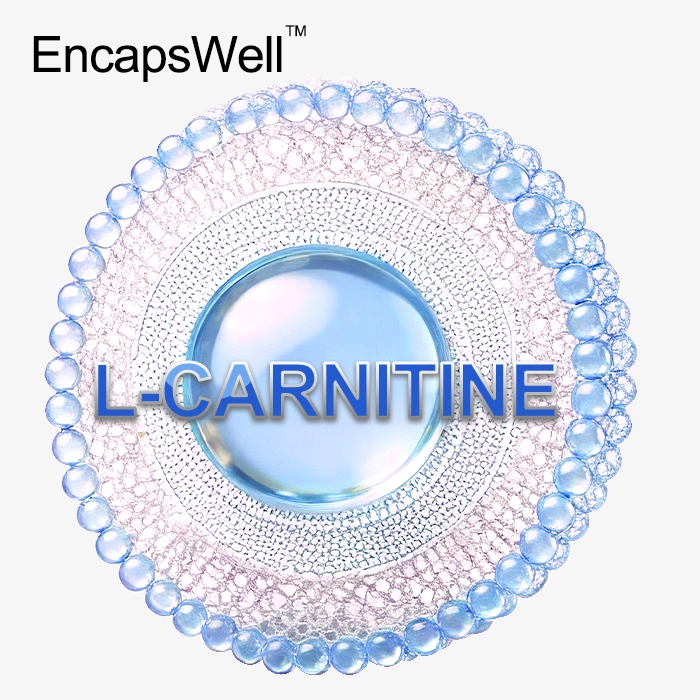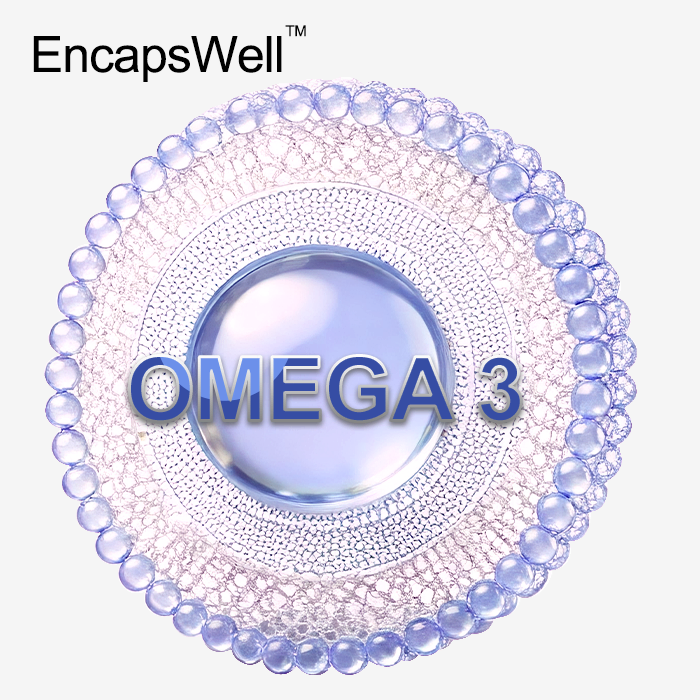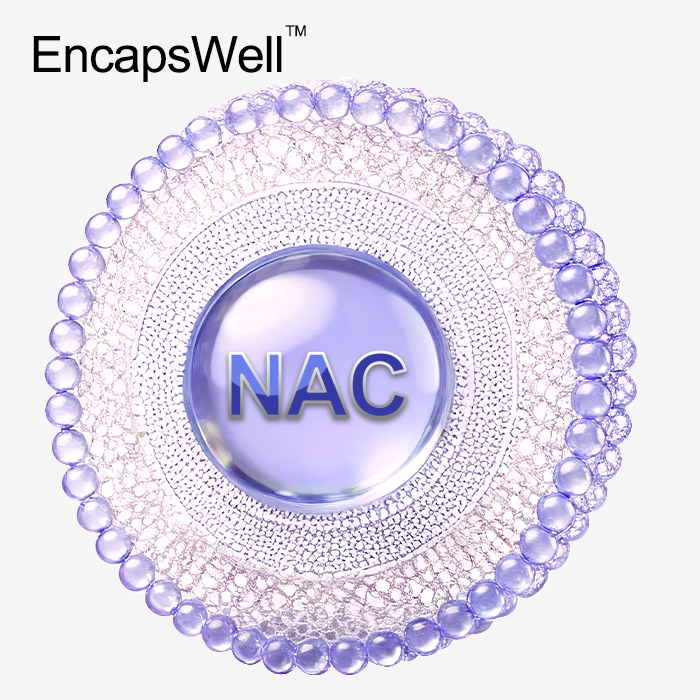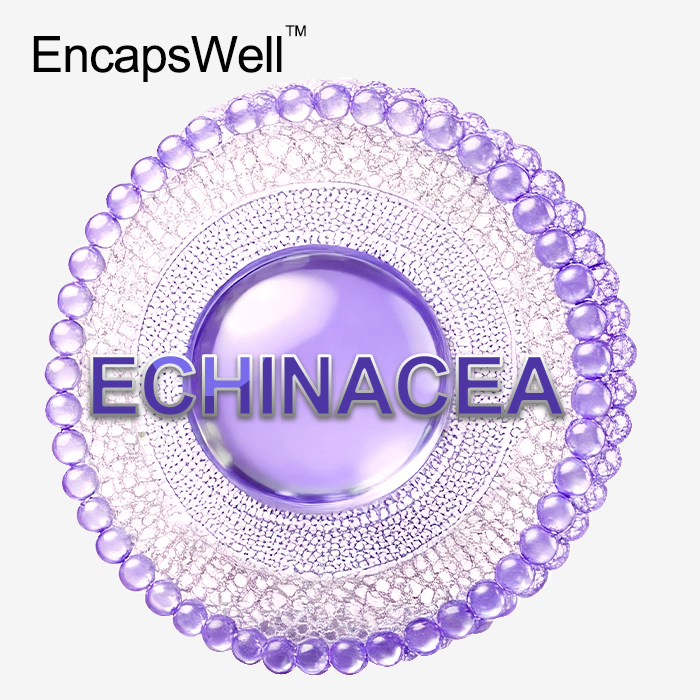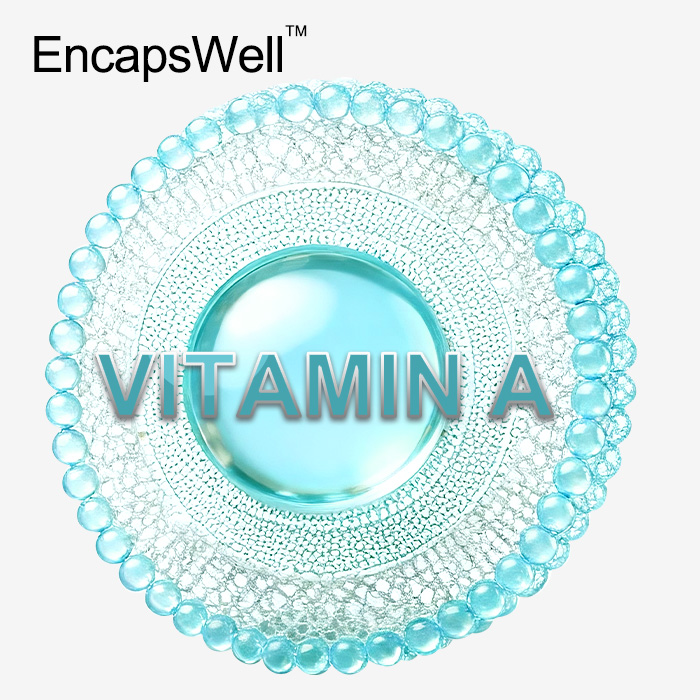- English
- French
- German
- Portuguese
- Spanish
- Russian
- Japanese
- Korean
- Arabic
- Greek
- German
- Turkish
- Italian
- Danish
- Romanian
- Indonesian
- Czech
- Afrikaans
- Swedish
- Polish
- Basque
- Catalan
- Esperanto
- Hindi
- Lao
- Albanian
- Amharic
- Armenian
- Azerbaijani
- Belarusian
- Bengali
- Bosnian
- Bulgarian
- Cebuano
- Chichewa
- Corsican
- Croatian
- Dutch
- Estonian
- Filipino
- Finnish
- Frisian
- Galician
- Georgian
- Gujarati
- Haitian
- Hausa
- Hawaiian
- Hebrew
- Hmong
- Hungarian
- Icelandic
- Igbo
- Javanese
- Kannada
- Kazakh
- Khmer
- Kurdish
- Kyrgyz
- Latin
- Latvian
- Lithuanian
- Luxembou..
- Macedonian
- Malagasy
- Malay
- Malayalam
- Maltese
- Maori
- Marathi
- Mongolian
- Burmese
- Nepali
- Norwegian
- Pashto
- Persian
- Punjabi
- Serbian
- Sesotho
- Sinhala
- Slovak
- Slovenian
- Somali
- Samoan
- Scots Gaelic
- Shona
- Sindhi
- Sundanese
- Swahili
- Tajik
- Tamil
- Telugu
- Thai
- Ukrainian
- Urdu
- Uzbek
- Vietnamese
- Welsh
- Xhosa
- Yiddish
- Yoruba
- Zulu
Liposomal NAD+ vs NMN Powder: Key Differences Explained
When it comes to cutting-edge anti-aging supplements, liposomal NAD+ powder and liposomal NMN powder are often at the forefront of discussions. Both compounds play crucial roles in cellular energy production and longevity, but they have distinct characteristics and mechanisms of action. NAD+ (Nicotinamide Adenine Dinucleotide) is a coenzyme directly involved in numerous metabolic processes, while NMN (Nicotinamide Mononucleotide) serves as a precursor to NAD+. The liposomal delivery system enhances the bioavailability of both compounds, allowing for more efficient absorption and utilization by the body. This article delves into the key differences between these two powerful supplements, exploring their unique benefits, molecular structures, and potential impacts on health and aging.
Understanding the Molecular Structures and Pathways
NAD+ Molecular Structure and Function
NAD+ is a complex molecule consisting of two nucleotides joined by their phosphate groups. Its primary function is to serve as a coenzyme in redox reactions, facilitating electron transfer in various metabolic processes. NAD+ plays a pivotal role in energy production, DNA repair, and cellular signaling pathways. The molecule's ability to accept and donate electrons makes it indispensable for maintaining cellular health and functionality.
NMN as a Precursor to NAD+
NMN, on the other hand, is a smaller molecule that acts as a direct precursor to NAD+. It is composed of a nicotinamide group bonded to a ribose and phosphate molecule. NMN is converted to NAD+ through a series of enzymatic reactions within cells. This conversion process is essential for maintaining adequate NAD+ levels, especially as natural production tends to decline with age.
Comparative Bioavailability and Cellular Uptake
The bioavailability of NAD+ and NMN differs significantly. NAD+ is a larger molecule, which can make it challenging for cells to absorb directly. NMN, being smaller, is generally considered to have better cellular uptake. However, the use of liposomal technology can enhance the bioavailability of both compounds, potentially mitigating some of these inherent differences in absorption.
Metabolic Effects and Health Benefits
NAD+ Impact on Cellular Energy Production
NAD+ is directly involved in the electron transport chain within mitochondria, playing a crucial role in ATP production. By facilitating the conversion of nutrients into usable energy, NAD+ supports overall cellular function and vitality. Its presence is essential for maintaining efficient metabolic processes across various tissues and organs.
NMN's Role in NAD+ Biosynthesis
NMN serves as a key intermediate in the NAD+ salvage pathway, one of the primary routes for NAD+ production in cells. By supplementing with liposomal NMN powder, the body's capacity to generate NAD+ is enhanced, potentially leading to increased cellular energy and improved metabolic function. This pathway becomes increasingly important as natural NAD+ levels decline with age.
Comparative Effects on Longevity and Aging
Both NAD+ and NMN have been associated with potential anti-aging effects, albeit through slightly different mechanisms. NAD+ directly activates sirtuins, a family of proteins linked to longevity and stress resistance. NMN, by boosting NAD+ levels, indirectly supports these same pathways. Research suggests that both compounds may contribute to extended healthspan and potentially lifespan, though more human studies are needed to confirm these effects.
Liposomal Delivery: Enhancing Efficacy
Principles of Liposomal Encapsulation
Liposomal technology involves encapsulating compounds within lipid bilayers, creating microscopic vesicles that protect the active ingredients from degradation. This encapsulation mimics the structure of cell membranes, potentially enhancing the ability of NAD+ and NMN to cross cellular barriers. The result is improved stability and bioavailability compared to traditional powder forms, making liposomal NAD+ powder and liposomal NMN powder more effective for supporting cellular energy and longevity.
Advantages for NAD+ Delivery
Liposomal encapsulation can significantly enhance the bioavailability of NAD+. By protecting the molecule from enzymatic breakdown in the digestive system, liposomal NAD+ powder may achieve higher circulating levels in the bloodstream. This improved delivery system could potentially lead to more pronounced effects on cellular energy production and metabolic function.
Benefits for NMN Absorption
While NMN generally has better cellular uptake than NAD+, liposomal delivery can further enhance its absorption and efficacy. Liposomal NMN powder may provide a more stable and controlled release of the compound, potentially leading to sustained elevation of NAD+ levels in tissues. This enhanced delivery could maximize the benefits of NMN supplementation on cellular health and longevity pathways.

Conclusion
Liposomal NAD+ and NMN powders represent advanced approaches to supporting cellular energy and longevity. While both compounds offer potential benefits for metabolic health and anti-aging, they differ in their molecular structure, cellular uptake, and immediate effects on NAD+ levels. The choice between the two may depend on specific health goals and individual response. Liposomal delivery enhances the efficacy of both supplements, potentially offering a more potent and bioavailable form of these crucial cellular energy boosters. As research in this field continues to evolve, both liposomal NAD+ and NMN powders remain promising options for those seeking to optimize their cellular health and vitality.
FAQs
What is the main difference between liposomal NAD+ and NMN powder?
The main difference lies in their molecular structure and function. NAD+ is the active coenzyme directly involved in cellular energy production, while NMN is a precursor that gets converted to NAD+ in the body. Liposomal delivery enhances the bioavailability of both compounds.
Which is more effective, liposomal NAD+ or NMN powder?
Effectiveness can vary depending on individual needs. Liposomal NAD+ provides the active form directly, while liposomal NMN supports the body's natural NAD+ production. Both have potential benefits for cellular energy and longevity.
Discover Premium Liposomal NAD+ and NMN Solutions | EmerWell
At EmerWell, we specialize in cutting-edge liposomal supplement formulations, including high-quality liposomal NAD+ powder and liposomal NMN powder. Our EncapsWell™ technology ensures superior bioavailability and stability. As a leading supplier and manufacturer, we offer tailored OEM/ODM services to bring your innovative health products to market. Experience the EmerWell difference in liposomal supplementation. Contact us at info@emerwell-bio.com to explore our premium solutions.
References
Rajman, L., Chwalek, K., & Sinclair, D. A. (2018). Therapeutic Potential of NAD-Boosting Molecules: The In Vivo Evidence. Cell Metabolism, 27(3), 529-547.
Yoshino, J., Baur, J. A., & Imai, S. I. (2018). NAD+ Intermediates: The Biology and Therapeutic Potential of NMN and NR. Cell Metabolism, 27(3), 513-528.
Trammell, S. A., et al. (2016). Nicotinamide Riboside Is Uniquely and Orally Bioavailable in Mice and Humans. Nature Communications, 7, 12948.
Hou, Y., et al. (2018). NAD+ supplementation normalizes key Alzheimer's features and DNA damage responses in a new AD mouse model with introduced DNA repair deficiency. Proceedings of the National Academy of Sciences, 115(8), E1876-E1885.
Shade, C. (2020). The Science Behind NMN-A Stable, Reliable NAD+Precursor Supplement. Integrative Medicine: A Clinician's Journal, 19(1), 12-14.
Covarrubias, A. J., et al. (2021). Senescent cells promote tissue NAD+ decline during ageing via the activation of CD38+ macrophages. Nature Metabolism, 3(10), 1265-1283.
Have a project in mind? Tell us your goals — we’ll help you make it real.

